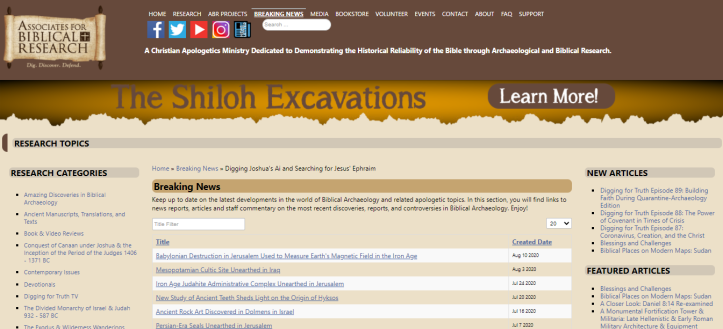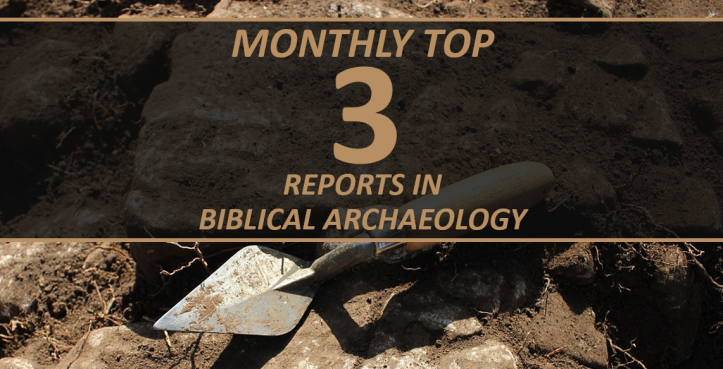
3. Upper Portion of a Huge Statue of Rameses II Discovered in Egypt
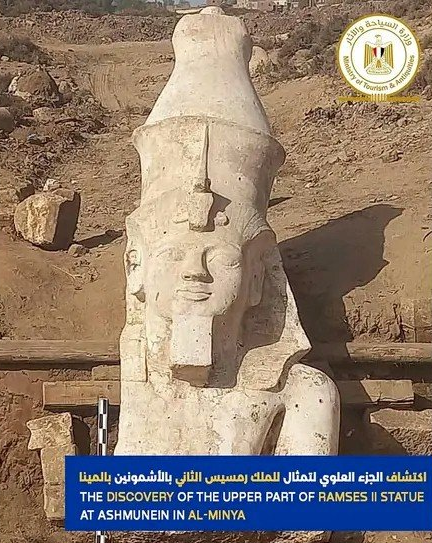
The top half of a large statue of Pharaoh Rameses II (reigned ca. 1279 to 1213 BC) was recently unearthed near el-Ashmunein/ancient Hermopolis. The limestone piece is over 12 feet tall and depicts Rameses in the usual Egyptian royal headdress adorned with a cobra. The reverse side of the statue is inscribed with hieroglyphics that give the various titles of the Egyptian king. Interestingly, the lower portion of this statue was discovered in 1930 by a German archaeologist. With the upper and lower portions combined, the statue would have stood over 20 feet tall. According to a straightforward reading of the Bible’s chronology, Rameses II ruled Egypt during the period of the Judges.
2. Discoveries Made at Canaanite Temple at Azekah
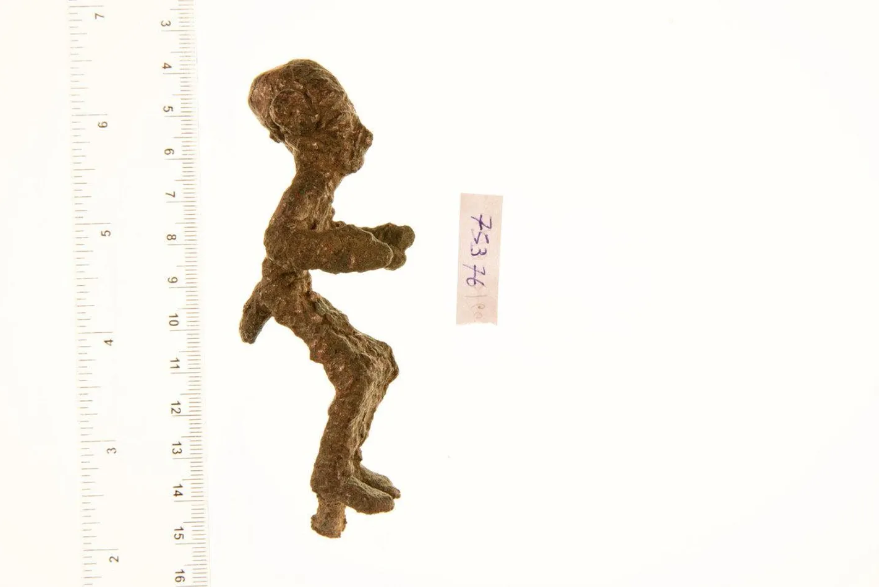
A Canaanite temple at Azekah, first discovered in 2014, was the subject of a recent article in Biblical Archaeology Review entitled “House of the Rising Sun: Azekah’s Canaanite Temple.” The Late Bronze Age temple had two construction phases. The first was in the late 14th/early 13th century BC when a stone platform and altar were built as an open-air sanctuary. In the second phase (late 13th/early 12th century BC) walls were constructed, benches were added, and standing stones were erected. Archaeologists discovered seven deposits of lamps and empty bowls in the foundation of the temple. Inside the structure they unearthed a bronze statue of the storm god Baal, along with an amulet bearing hieroglyphs and depicting the Egyptian deities Ra, Seth, and Hathor. Late Bronze Age Azekah is mentioned in the Bible in Joshua 10:10 and 15:35. It is also later named (in the Iron Age) as one of the few cities that initially remained under Judahite control when the Babylonians attacked (Jer. 34:7).
1. Phoenician Gold Pendant Discovered in Jerusalem
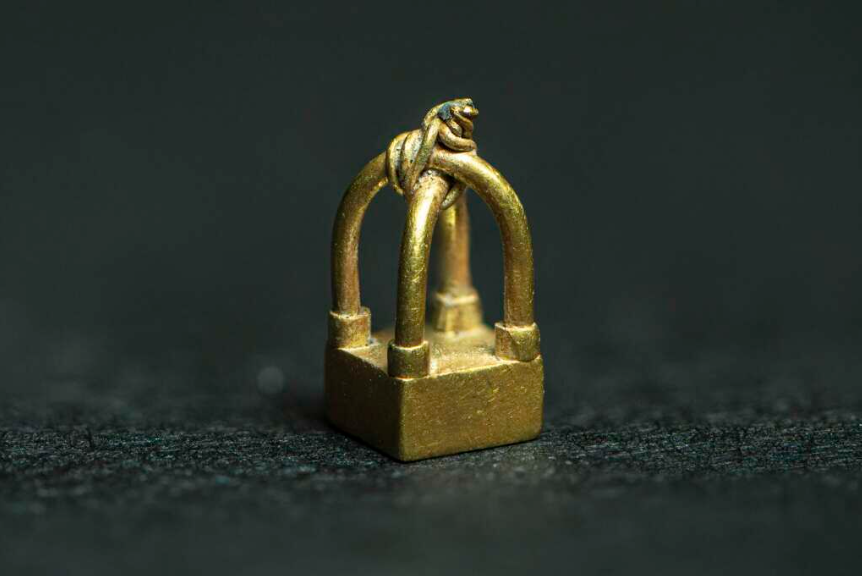
A 3000-year-old Phoenician gold pendant was recently announced in Jerusalem. The artifact was originally discovered in 2012 in the Ophel excavations directed by Eilat Mazar. It is made of electrum (a naturally occurring alloy of gold and silver), is basket-shaped, and measures 4 x 4 x 2 millimeters. The artifact is similar to other basket pendants known from Phoenician sites, and, based on the archaeological context in which it was found, it was dated to the tenth century BC. This discovery could be seen as supporting the biblical record that there were Phoenician workers in Jerusalem who constructed David’s palace (2 Sm 5:11), although some scholars have pointed out that the artifact may have simply arrived via trade, as the Phoenicians are known to have been great traders in the ancient world.
NOTE: Sometimes discoveries that are announced late in one month are included in the stories highlighted in the following month. Such was the case with this story.
NEWS LINKS: https://www.timesofisrael.com/first-temple-era-phoenician-pendant-earliest-gold-artifact-found-in-jerusalem/
Stay Up-To-DateGet the latest BREAKING NEWS in biblical archaeology each week here: https://biblearchaeology.org/current-events-list